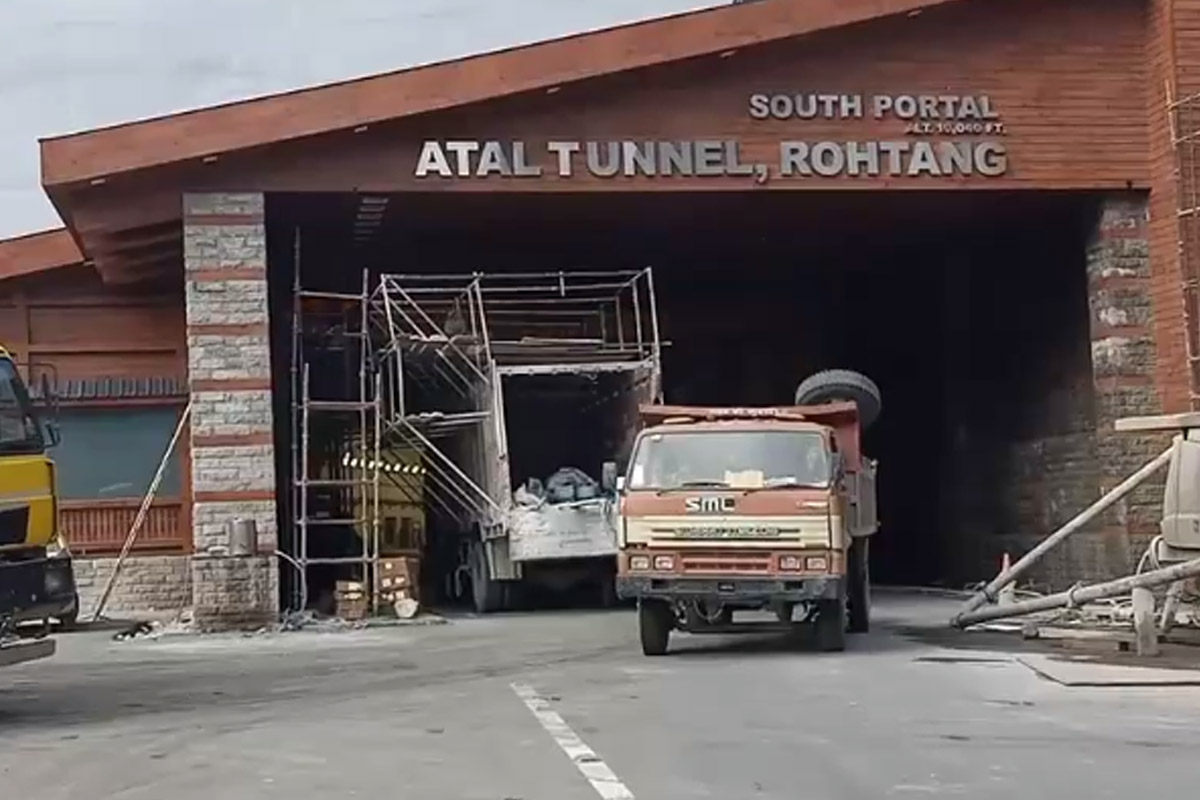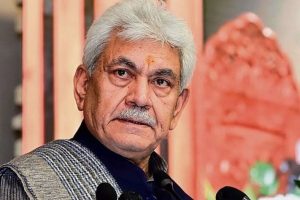The inauguration by the Prime Minister of the Atal Tunnel, the all-weather 9.02 km road that links the Lahaul and Spiti valleys of Himachal Pradesh, is an engineering feat that deserves the highest praise, not least for the many challenges that construction posed. While it clears a major bottleneck on the Leh-Manali highway, it will not by itself offer all-weather access to Ladakh for which more tunnels will need to be built.
Nevertheless, it is an important achievement as it will reduce the distance between Manali and Leh by 46 km during a major part of the year and will cut down driving time between Lahaul and Spiti valleys from five or six hours to about 30 minutes. In view of the tensions between India and China, and the need to move troops and equipment rapidly to the western sector, the tunnel is of crucial strategic importance.
When the planned, 14-km tunnel under Zoji La becomes a reality, and when additional infrastructure is built at Shikunla on this route, India will have two viable, all-weather routes to Ladakh, one through Manali and the other on the Srinagar-Drass-Kargil-Leh highway. A tunnel under the Rohtang Pass was first discussed 60 years ago, but it was not until then Prime Minister Atal Behari Vajpayee ~ after whom the tunnel is fittingly named ~ visited Lahaul in June 2000 that a feasibility study was ordered.
Thereafter, the construction faced many challenges including tortuous excavation during winter snowfalls, disposal of more than 800,000 cubic metres of rock, and heavy ingress of water. The construction site saw the tragic death of 42 labourers following a cloud burst and flash floods in 2003.
Notwithstanding these setbacks and the many delays caused in completion of the project by the challenges that nature posed, the completion of the tunnel, described as the longest constructed at a height above 10,000 feet, is also important for the development of the region, for it will ensure that citizens of Lahaul-Spiti, snowbound during the winter months, will have access to the rest of India.
Certainly, the region which has recorded negative decadal growth of population can look forward to reverse migration and better access to education and health facilities. It will also result in enhanced economic activity as easier access will bring adventure tourists and others to the pristine and picturesque valleys.
The horseshoe shaped tunnel is expected to see movement of 3,000 cars and 1,500 trucks every day and will permit speeds of up to 80 km per hour on its two carriageways. The project has advanced safety features, including an emergency route for evacuations, fire safety provisions that will contain any blaze to within 200 metres, CCTV cameras, air quality monitoring sensors and control rooms at either end. A semi-transverse ventilation system will ensure that large fans circulate air throughout the tunnel. Overall, this is a feat of which India can be proud.











